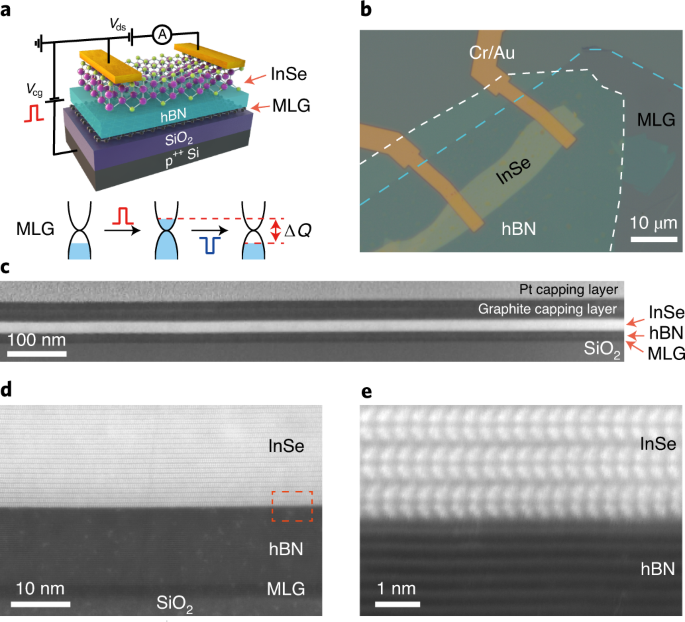Skywatcher
Captain
Frankly, DARPA could take a fraction of the subsidies for the 2/3nm fabs and just develop a domestic sub-7nm process that they could then contract/lease out to American fabs.
Last edited:
Its not that easy. They have to achieve competitive commercial level production lines for these Fabs. Its one thing doing "military" and another to do "commercial in an open market"Frankly, with DARPA could take a fraction of the subsidies for the 2/3nm fabs and just develop a domestic sub-7nm process that they could then contract/lease out to American fabs.
DOES ANY OF THE ABOVE SOUND SOMEWHAT FAMILIAR??
Don't expect too much from Morris. While he is the Chairman of TSMC he isn't the CEO anymore.
I think rumors of massive build of TSMC factories in Arizona with 3nm and everything is plain BS.
They will build a 5nm fab but don't expect more than that in the short term.
Arizona has major issues with water shortages, plus Samsung also had plans to expand their Austin Texas fab to twice the original size but they never had the customer demand to do it. Do you sincerely think TSMC will do such a major expansion with zero customer demand for it?
India which is not part of RCEP, will become the spoiler. They will do things to disrupt.
A DARPA sponsored 3-5nm fab project won't be militarily oriented (it could be dual use) since most military electronics use much older processes.Its not that easy. They have to achieve competitive commercial level production lines for these Fabs. Its one thing doing "military" and another to do "commercial in an open market"

Can the expert explain the significant of this breakthrough, If my memory serves me right most of the IP is hold by SK and Micron, so this effectively change the equation regarding DRAM and NAND?
from JSCh (Pakistan defense forum)
Scientists at Beijing's Institute of Physics have made a nonvolatile memory that is 5000x faster than flash memory. It can also store multiple bits instead of just 0s and 1s.

Atomically sharp interfaces in van der Waals heterostructures enable the realization of ultrafast non-volatile memory devices.

A major question now is whether or not researchers can make such devices on commercial scales. “This is the Achilles heel of most of these devices,” Jariwala says. “When it comes to real applications, scalability and the ability to integrate these devices on top of silicon processors are really challenging issues.”
